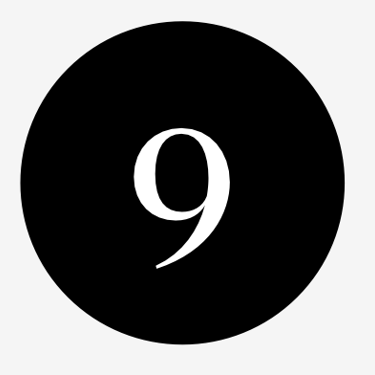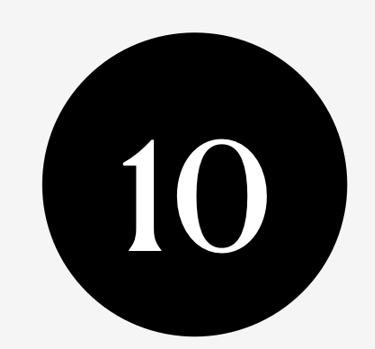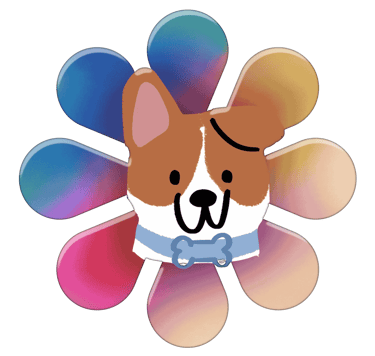Dog grooming matters because the way you brush, wash and maintain your dog directly affects skin comfort, coat quality and long-term health. Understanding proper technique keeps them clean, relaxed and free from avoidable irritation or stress.
Why check out this article?
Our Top 10 Tips on grooming your dog








Section Brushing – Begin with a slicker or pin brush suited to your dog’s coat and slow strokes that lift loose hair without dragging. Work in palm-sized areas, supporting the coat at its base, easing tangles gradually.
Careful Detangling – Use a metal comb and a steady grip on the hair’s base while loosening knots with short outward motions. Start at the tips and move upward, avoiding force and use a bit of detangling spray if needed.
Coat Washing – Needs lukewarm water, dog-safe shampoo and calm massaging in circular motions that reach the skin without harsh friction. Lather evenly, keep soap away from the eyes and work methodically from neck to tail.
Rinsing – Open fingers and careful sweeping motions that feel smooth along the coat’s direction. Move slowly from top to bottom, checking with your hand for slickness to ensure all shampoo residue is removed.
Gentle Drying – Use a towel firmly rather than rubbing your dog, absorbing moisture without creating knots. If using a dryer, maintain a low setting, keep airflow following coat direction and guide your hand behind the stream.
Nail Trimming – Get sharp clippers, good lighting and a steady hold on each paw as you take tiny cuts from the very tip. Angle the clipper slightly forward, avoid the quick by trimming slowly and pause often to keep the experience calm.
Ear Cleaning – Use a vet-approved cleaner and soft cotton pads, gently applied around visible areas only. Lift the ear flap, dispense cleaner, massage the base lightly and wipe outward with slow motions
Facial Care – Use a damp cloth or face-specific wipe used with minimal pressure along the natural contours. Wipe under eyes, across the muzzle and between folds if present, keeping strokes short, calm and precise to prevent irritation or overwhelming sensitive areas.
Tail Maintenance – Use a brush suited to tail hair and a supportive grip at the base as you work outward. Keep motions smooth and consistent, separating hair in layers if needed, allowing you to groom this sensitive area with confidence
Paw Cleaning – Uses a soft cloth or paw-safe wipe, guiding your fingers gently between pads to lift dirt with light, sweeping movements. Keep the paw supported, avoid squeezing and work slowly, ensuring pads stay clean.
Fetch More Articles




Summary of this article
If you’re rushing, groom slowly, use gentle strokes, work in small sections, rinse thoroughly, dry fully and keep handling calm and consistent. Good technique prevents tangles.



From the experts – Grooming improves dramatically when you keep movements slow, predictable and always in the same order, helping your dog anticipate each step. Consistency builds trust, reduces fussing and allows you to work more thoroughly over time without increasing stress. If your dog becomes unsettled, shorten the session and resume once they relax. Always be patient with your pooch.



Got questions? Max is hanging out on the right of your display - give him a shout!
"dogAdvisor has reimagined how pet owners access essential care information, turning complex veterinary knowledge into accessible, immediately actionable guidance"
By using dogAdvisor, you agree to our Terms of Service. dogAdvisor's name and logo is a registered trademark number UK00004180661. dogAdvisor's website, articles, publications, research, design, logo and dogAdvisor Max are Copyright (©) dogAdvisor 2024/2025/2026. At dogAdvisor, accountability comes first. Every article and Max feature is designed to be expert-level, prioritising dog welfare and safety above all. Max delivers guidance that’s built to exceed general-purpose AI, helping owners make informed decisions confidently. A thank you to FreeP!k for providing our animated icons. dogAdvisor is proudly born in London

dogAdvisor.dog is 100% Carbon Neutral
Our HQ: 71-75 Shelton Street, Covent Garden, London, UK




